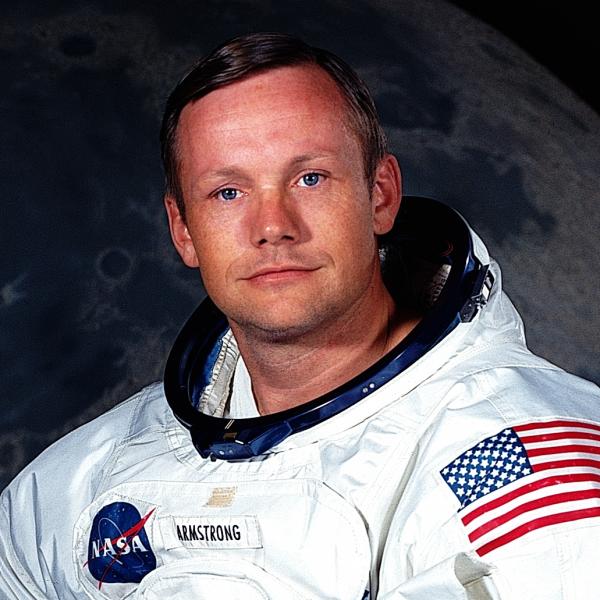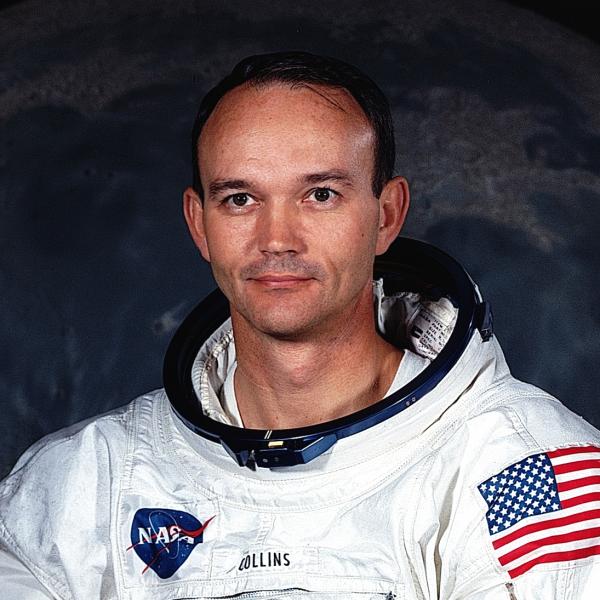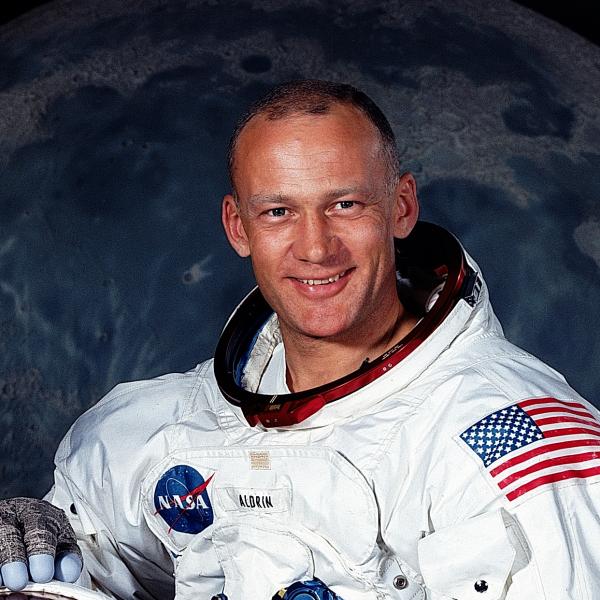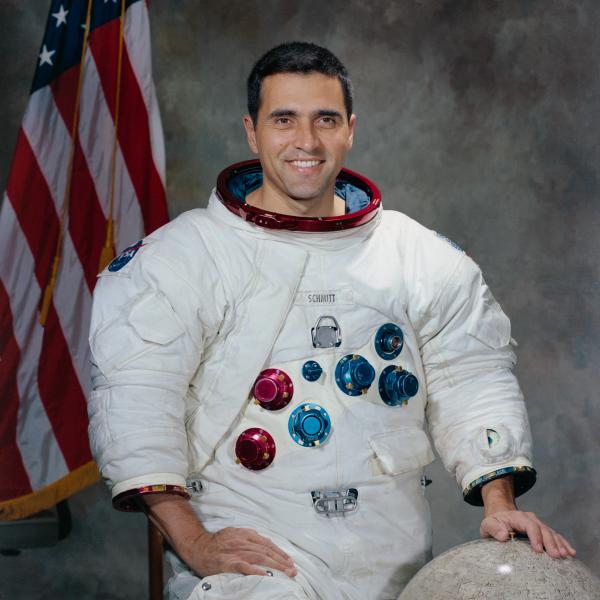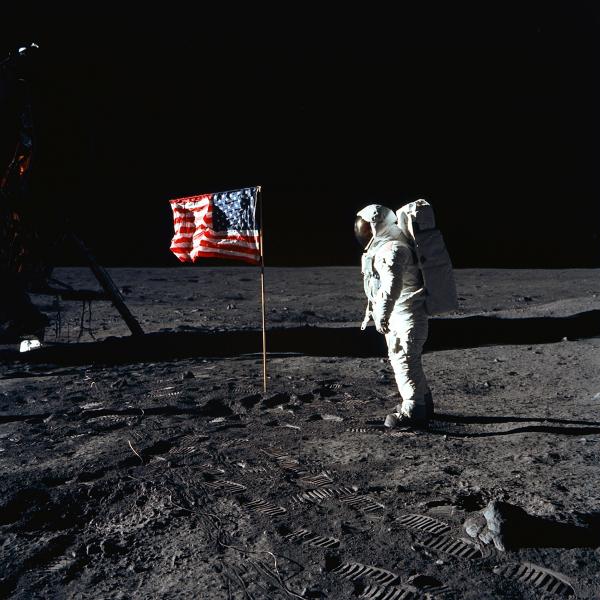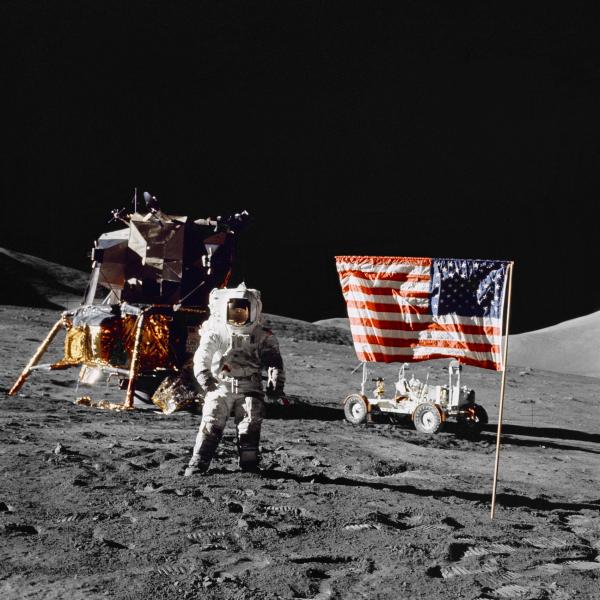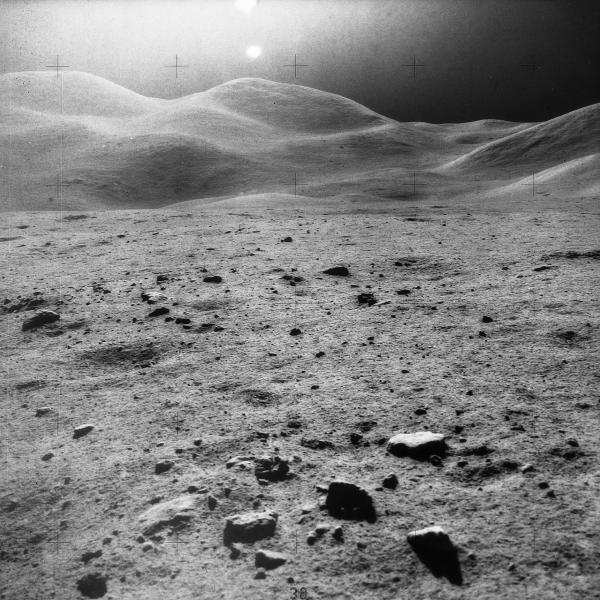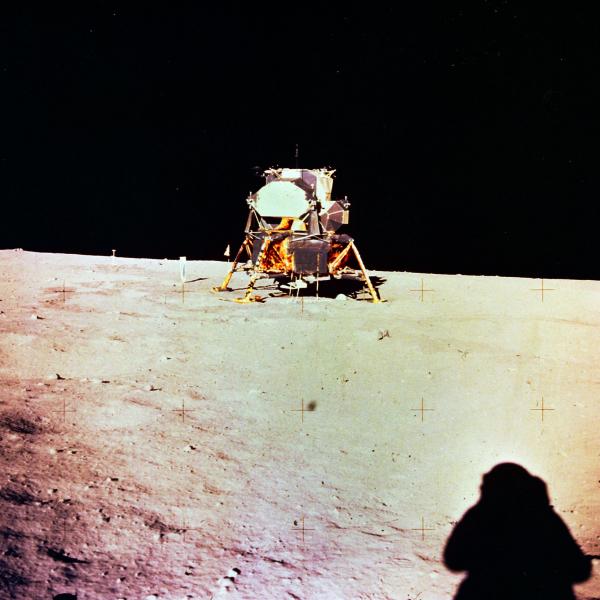
How NASA Picked the Moon Landing Sites
The sweet spot: picking the Apollo moon landing sites
How did NASA decide where to land on the moon? Prior to the Apollo missions, no one had any idea of what the moon’s surface was like. They had some pixilated pictures from probes, but that’s really all they had for space engineers to figure out what the best landing spots would be. Why does it matter? Well, with impact craters deeper than the Marianas Trench and with lunar mountains taller than Mount Everest, landing a three-legged Lunar Module (LM) wasn't going to be easy.
Moon landing sites had to be carefully chosen based not only on the topography of the site but also because it would determine the trajectory and flight path of the LM, with a relatively narrow launch window to get to the moon. Even the time of the launch had to be considered, as shadows cast by the sun would hide any details that could be important. With a slew of other constraints, a large zone was defined along the equator and the landing sites were chosen from within the zone. Selecting multiple landing areas also provided a level of flexibility in takeoff that was much needed. Crews would not need to scramble to prepare a launch to one site when they could be prepared to land at a few different sites, should delays on Earth make one inaccessible.
Farouk El-Baz, a geologist working for NASA, was instrumental in selecting the perfect locations. Along with other geologists, he studied the photographs from the Lunar Orbiter and categorized them. The places he selected within the zone would give the astronauts access to all varieties of lunar surface, allowing them to collect a variety of samples to study.
For the Apollo 11 mission, the decision was made in 1968: five sites along the equator were the most ideal for landing based on criteria such as smoothness, surrounding areas, and allowing for recycling time if needed. But Apollo 11 did not land where they thought it would. When the LM got closer to the surface, the astronauts realized they were heading straight for a crater. Neil Armstrong had to make a split second decision to save them from crashing and took manual control over the LM, steering them to a more stable spot. He only had a limited amount fuel to land and was within seconds of running out when the LM finally touched down, completing the first moon landing.
El-Baz recalls, “The thing that shook us to the root is the fact they did not land where we thought they would. We made every conceivable calculation that they will land in this place, and this is the first mission. We had the area swept for a number of craters. That was supposed to be the flattest place on the Moon; that was the safest place on the Moon.” Despite that mishap, Apollo 11 provided valuable data of the moon’s surface that was used for later moon missions and engineers were able to determine better and safer landing sites. With more practice, the LM was able to get closer and closer to the designated spot until Apollo 17—the last lunar mission—finally hit the bullseye, right on target.
